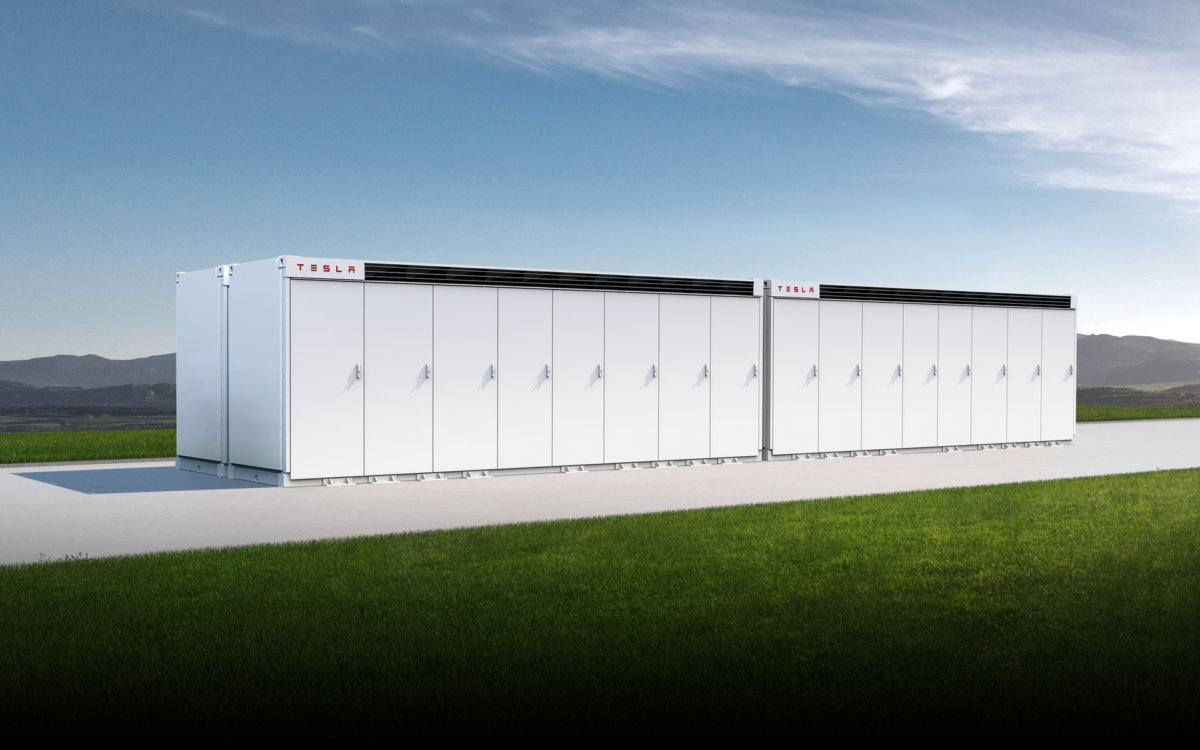The Wallgrove Grid Battery project will trial the use of a 50 MW/75 MWh lithium ion battery – to be designed and constructed by Tesla – to provide fast frequency response and synthetic inertia services to the NSW transmission network.
TransGrid’s executive manager of strategy, innovation and technology, Eva Hanly, said with increasing levels of renewable generation connecting into the network the battery will help stabilise and balance the region’s grid.
“TransGrid is committed to finding low-cost innovative solutions to the emerging challenges of the energy transformation,” she said.
“This will be the first battery in NSW to pilot grid-scale synthetic inertia as a network service.
“It’s a step forward for the NSW grid and the National Electricity Market (NEM). This innovation will help accelerate the industry’s transformation to a low-carbon energy system, at a lower cost to customers.”
Economic analyst HoustonKemp has assessed the battery, the first large-scale grid battery to be installed in the state, will provide up to $135 million of direct benefits for NSW electricity customers.
The Federal Government, through the Australian Renewable Energy Agency (ARENA), will contribute $11.5 million for the installation of the battery and the NSW Government will provide $10 million in funding.
ARENA CEO Darren Miller said the Wallgrove project aims to prove large-scale battery storage is the most effective solution for managing system inertia as Australia transitions to renewable energy.
“Large-scale batteries have a big role to play in firming and balancing our electricity system as we move towards a future energy mix with higher penetration of renewable energy,” he said.
The power system currently relies on inertia provided by large turbines inside coal, gas and hydro generators to maintain a consistent frequency and help the system ride out any disturbances. As more wind and solar generation connects to the grid and coal-fired generators are retired, alternate sources of inertia will be needed to stabilise the network.
Miller said batteries offer a solution to this challenge at a small fraction of the cost of traditional technologies such as synchronous condensers.
“The Wallgrove Grid Battery will demonstrate the technical capability of batteries with advanced inverter capabilities to substitute traditional inertia,” he said.
“In doing so, TransGrid will demonstrate that batteries can provide the most cost-effective solution for NSW’s projected upcoming inertia shortfall.”
The Wallgrove Grid Battery will be the second biggest in Australia – after the big battery at Hornsdale which was recently expanded to 150MW/194MWh – and will be the first in the country to use Tesla’s Megapack technology.
Tesla has described the Megapack as the largest, densest battery system in the world with giga-scale capacity. The modular system requires 40% less space and Tesla claims it can be constructed 10 times faster than other systems.
TransGrid will own and maintain the Wallgrove Grid Battery with commercial operations expected to start in the second half of 2021.
The battery will be dispatched by Infigen Energy, which also operates the Lake Bonney big battery in South Australia.
Managing director Ross Rolfe said Infigen will trade the battery in the wholesale market and frequency control ancillary services (FCAS) markets, ensuring the full capacity of the battery is utilised.
This content is protected by copyright and may not be reused. If you want to cooperate with us and would like to reuse some of our content, please contact: editors@pv-magazine.com.









1 comment
By submitting this form you agree to pv magazine using your data for the purposes of publishing your comment.
Your personal data will only be disclosed or otherwise transmitted to third parties for the purposes of spam filtering or if this is necessary for technical maintenance of the website. Any other transfer to third parties will not take place unless this is justified on the basis of applicable data protection regulations or if pv magazine is legally obliged to do so.
You may revoke this consent at any time with effect for the future, in which case your personal data will be deleted immediately. Otherwise, your data will be deleted if pv magazine has processed your request or the purpose of data storage is fulfilled.
Further information on data privacy can be found in our Data Protection Policy.